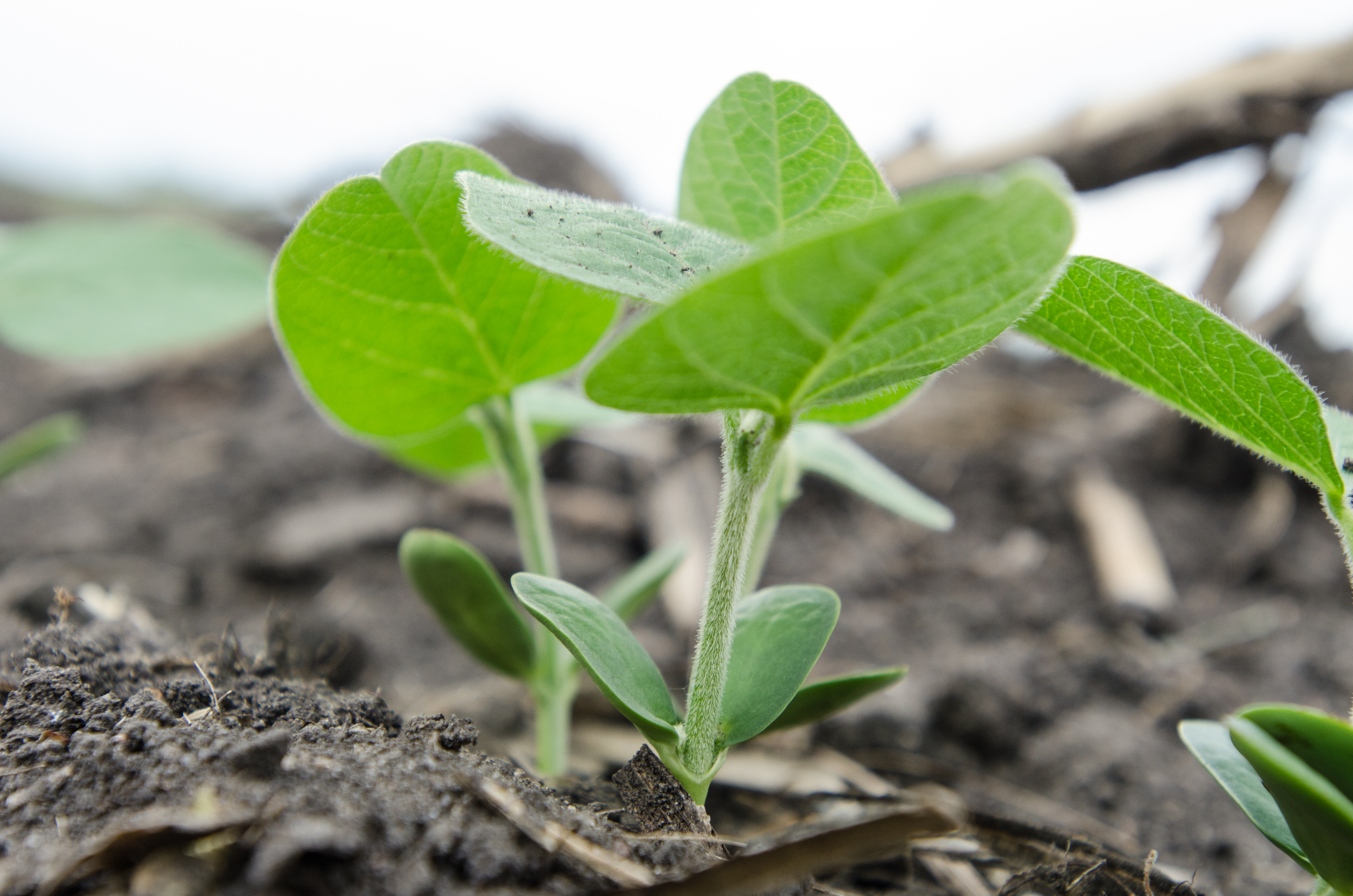
Seeding rate trials and information gleaned from an ISA interactive tool can help farmers make prescriptive seeding decisions. (Photo: Iowa Soybean Association)
Planting prescriptively: Results from seeding rate trials
April 29, 2021 | Anthony Martin
Since 2009, the Iowa Soybean Association’s Research Center for Farming Innovation has conducted 124 trials to understand how optimizing seeding rates can help farmers be more productive and profitable on their farms.
“One of the big things is helping soybean farmers understand optimum seeding rates and how changes in seeding rates can affect profitability,” says Anthony Martin, senior field services manager for Iowa Soybean Association’s Research Center for Farming Innovation. “If we decrease seeding rates, what are the savings, and ultimately what is the impact on yield and bottom line?”
Trials present an opportunity to identify features that present variable rates seeding opportunities, Martin says.
For example, low spots within a field may result in low yields year after year. However, variability within the same field may show one area that’s highly productive. Understanding how these areas perform annually can help farmers adjust their seeding rates prescriptively.
“Field variability means variable seeding rate potential for high and low-yielding zones,” Martin says.
Most recently, four ISA seeding rate trials in 2020 compared seeding rates between 80,000 seeds per acre to 180,000 seeds per acre.
In the video below, Martin shares some data from ISA seeding rate trials and shows how that information can be used to make seeding rate decisions in the future.
Martin also shows how an ISA online interactive summary and decision tool called the Soybean Variable Rate Planting Simulator can assist farmers in making decisions seeding trials. With user inputs of historical soybean yield, seed cost, and expected yield response, the tool simulates different variable planting rate scenarios to maximize return and minimize cost.
Back